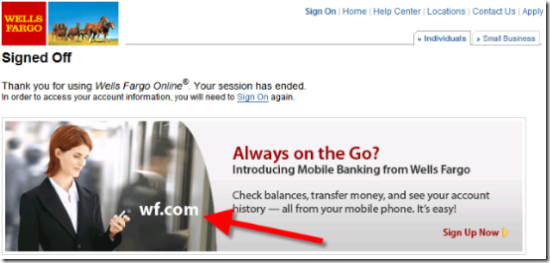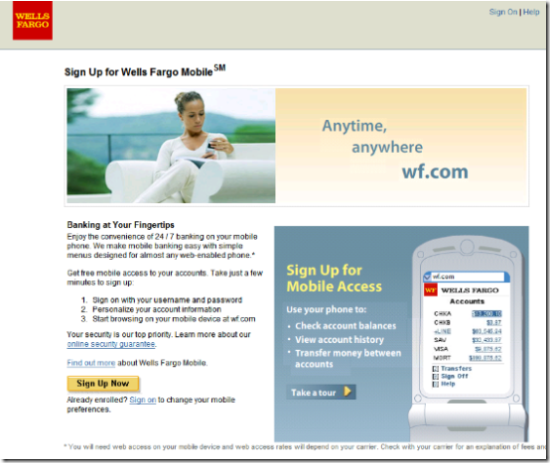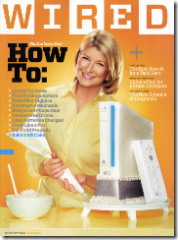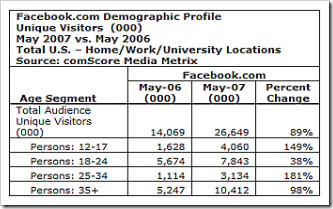After six short weeks, there are 48 applications in Facebook's Money category. At Netbanker we are most interested in the 14 directly related to banking, payments, and lending. So here's the most-used list with the stock trackers, calculators, and shopper apps removed. Lending Club continues to lead the pack as it has since its May 24 launch in conjunction with the new Facebook platform. Applications are listed by number of Facebook users that have added them to their profiles.
Top 10

1. Lending Club by Lending Club >>> 11,012 users
Lending Club enables those in the Facebook community with good credit to easily borrow from each other with a trusted third party managing the process and assessing the risk. Previous coverage here.

2. Fantasy Banker by Prosper >>> 4,674 users
Prosper bills Fantasy Banker as a twist on HOT or NOT, "a fun & educational way to get acquainted with person-to-person lending by betting on whether real-life Prosper loan listings will fund or not." Previous coverage here.

3. My Bucks By Aryeh Goldsmith >>> 3,926 users
A virtual currency called the Facebuck.
 4. BillMonk (Obopay) by Charles Groom and others >>> 2,793 users
4. BillMonk (Obopay) by Charles Groom and others >>> 2,793 users
BillMonk is an expense tracker specifically designed to track debts and obligations (such as rent) between individuals. Used Facebook APIs long before the F8 platform was announced. Previous coverage here.
 5. Buxfer by Shashank Pandit and Ashwin Bharambe >>> 1,482 users
5. Buxfer by Shashank Pandit and Ashwin Bharambe >>> 1,482 users
Buxfer is another expense tracker specifically designed for singles sharing households expenses. Previous coverage here.

6. Pay Me by Yellow Media >>> 842 users
Pay Me was developed by a third-party developer to make it easier to initiate PayPal payments right from Facebook. Previous coverage here.
 7. ChipIn by ChipIn >>> 830 users
7. ChipIn by ChipIn >>> 830 users
ChipIn is a simple way to collect funds for an event, trip, or anything. Users create a clickable badge that is displayed in their profile. Other Facebook users chip in via the PayPal network. Previous coverage here.
 8. PayPal by PayPal >>> 500 users
8. PayPal by PayPal >>> 500 users
The official product from PayPal, the division of eBay. So far, merely allows you to easily request money from your Facebook friends. More functions are said to be on the way. Previous coverage here.

9. Ven by Hub Culture >>> 154 users
Another virtual currency.

10. iSpend by Reman Child and Shawn Gupta >>> 141 users
A new financial tracking app posted last week.
The Rest
 11. Wesabe by Wesabe, Inc.
11. Wesabe by Wesabe, Inc.
>>> 104 users
The Wesabe Facebook app currently supports group discussions. It is not currently linked into its Web-based personal finance app. Previous coverage here.
 12. OmniSpense.com by Jonathan Kelly >>> 60 users
12. OmniSpense.com by Jonathan Kelly >>> 60 users
The newest expense tracker, appeared in the money category in the past 48 hours, but looks like it may have been posted about 2 weeks ago.
 13. BillTrack Bill Reminder by Michael Irizarry >>> 59 users
13. BillTrack Bill Reminder by Michael Irizarry >>> 59 users
Bill Track is built specifically for tracking bills (surprised?). It was posted earlier this week.
 14. My ViCu by Myvicu Master >>> 17 users
14. My ViCu by Myvicu Master >>> 17 users
Yet another virtual currency.
 Want a shock? Open today's Wall Street Journal to p. D3 (West Coast edition).
Want a shock? Open today's Wall Street Journal to p. D3 (West Coast edition). 







































